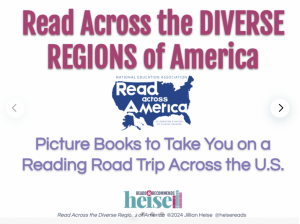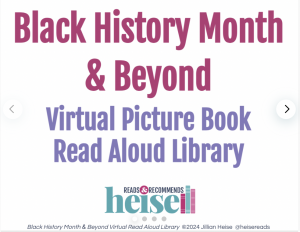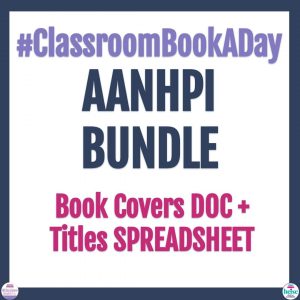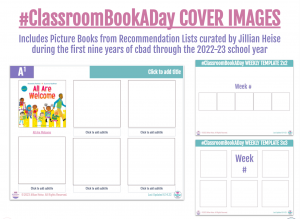Today I’m shining the spotlight on
Sharee Miller,
author/illustrator of #cbadspotlight pick
DON’T TOUCH MY HAIR!
DON’T TOUCH MY HAIR!

An entertaining picture book that teaches the importance of asking for permission first as a young girl attempts to escape the curious hands that want to touch her hair.
It seems that wherever Aria goes, someone wants to touch her hair. In the street, strangers reach for her fluffy curls; and even under the sea, in the jungle, and in space, she’s chased by a mermaid, monkeys, and poked by aliens…until, finally, Aria has had enough!
Author-illustrator Sharee Miller takes the tradition of appreciation of black hair to a new, fresh, level as she doesn’t seek to convince or remind young readers that their curls are beautiful–she simply acknowledges black beauty while telling a fun, imaginative story.
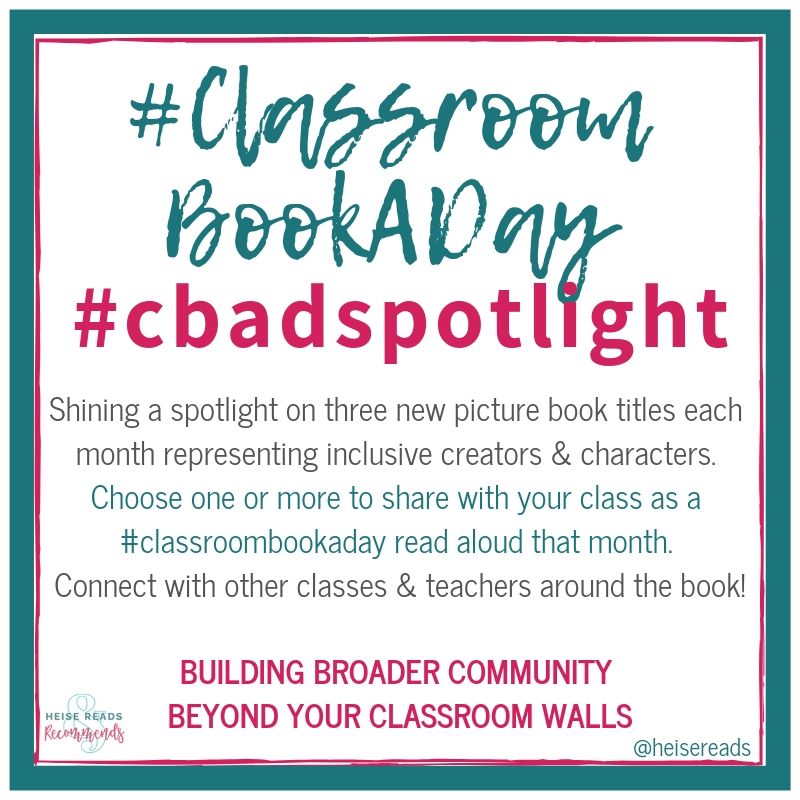
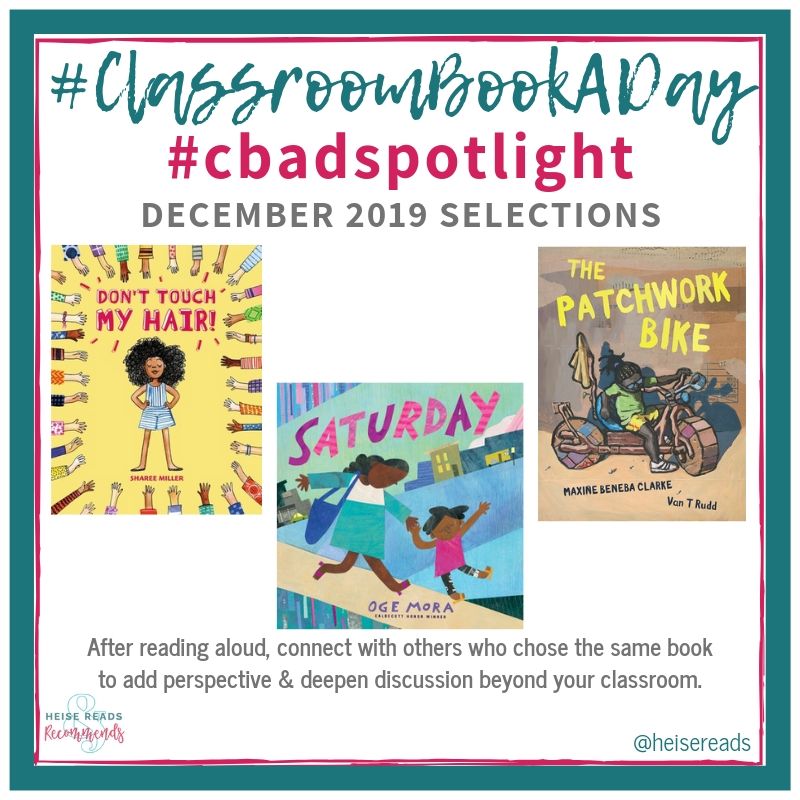
Thank you, Sharee for joining me for a #cbadspotlight interview today!
1. What was your inspiration for writing this
book? / What was your inspiration for the illustrations in this
book?
book? / What was your inspiration for the illustrations in this
book?
Don’t Touch My Hair was inspired by my own
experiences. I had recently transitioned back to my natural unprocessed hair
and noticed people were very interested in how it looked and felt. It wasn’t
only happening to me but a lot of black women were sharing their stories
online. As an adult I felt frustrated by this and I imagined it must be even
worse for children who didn’t know they could set their own personal
boundaries. So I set out to make a book to teach kids about consent a
lighthearted fun way.
experiences. I had recently transitioned back to my natural unprocessed hair
and noticed people were very interested in how it looked and felt. It wasn’t
only happening to me but a lot of black women were sharing their stories
online. As an adult I felt frustrated by this and I imagined it must be even
worse for children who didn’t know they could set their own personal
boundaries. So I set out to make a book to teach kids about consent a
lighthearted fun way.
When it came to the illustrations I wanted the
book to still feel bright, colorful and fun so that all the hands didn’t feel
scary but you could still feel Aria’s discomfort.
book to still feel bright, colorful and fun so that all the hands didn’t feel
scary but you could still feel Aria’s discomfort.
2. What message do you hope kids (of all ages)
take away from this book?
take away from this book?
Consent is something I think we all need to
learn at an early age. I hope kids can empathize with Aria and be able to see
how their actions make other people feel in the real world. Even if they don’t
have Aria’s problem we’ve all felt the discomfort of having our space invaded.
I hope being aware of that feeling will make them think about how they interact
with their friends, families and even strangers.
learn at an early age. I hope kids can empathize with Aria and be able to see
how their actions make other people feel in the real world. Even if they don’t
have Aria’s problem we’ve all felt the discomfort of having our space invaded.
I hope being aware of that feeling will make them think about how they interact
with their friends, families and even strangers.
3. What was your writing & revision process like for this story? / What was
your process for creating & revising the illustrations for this story?
Writing is the hardest part for me. I always
want to rush to the drawing first but it was fun to think up silly situations
for Aria to get stuck in. Those were the funniest scenes to draw and write. The
revision process was pretty painless because I had been working on the story
for over a year so I was used to writing and rewriting it. Every time I got
closer to the final draft I could see it all coming together and it was very
satisfying.
want to rush to the drawing first but it was fun to think up silly situations
for Aria to get stuck in. Those were the funniest scenes to draw and write. The
revision process was pretty painless because I had been working on the story
for over a year so I was used to writing and rewriting it. Every time I got
closer to the final draft I could see it all coming together and it was very
satisfying.
4. Was there any part of the process where you worked together on the vision
for this book?
I didn’t have a cover in mind when I created Don’t Touch My Hair
so it was fun to collaborate on how to represent the story on the cover. It is
the first thing the reader sees and I wanted it to draw people in and want to
read the story. My editor helped me not put the entire story on the cover. Just
enough to hint at what the story is about.
so it was fun to collaborate on how to represent the story on the cover. It is
the first thing the reader sees and I wanted it to draw people in and want to
read the story. My editor helped me not put the entire story on the cover. Just
enough to hint at what the story is about.
5. What is your favorite part of making
picture books?
picture books?
My favorite part is seeing it all come
together. I work in watercolor and paint some pieces in stages that I combine
on the computer. This is all planned in my head so I don’t know how it will
look until I edit it. I love to see the pieces fit together and then when they
add the text it finally feels like a real book! It’s so exciting!
together. I work in watercolor and paint some pieces in stages that I combine
on the computer. This is all planned in my head so I don’t know how it will
look until I edit it. I love to see the pieces fit together and then when they
add the text it finally feels like a real book! It’s so exciting!
6. #cbadspotlight is putting the
spotlight on inclusive #ownvoices books. What can you share with students about
the connection you have to this book or the choices you made while
writing/illustrating it to add diverse representation?
spotlight on inclusive #ownvoices books. What can you share with students about
the connection you have to this book or the choices you made while
writing/illustrating it to add diverse representation?
Growing up I rarely saw books with characters
that looked like me or had hair like mine. If I did I found it hard to relate
to them. I think of this every time I write. I want to make characters that
represent, me and my family and friends. By creating books through my unique
perspective I feel like I am adding another piece to the puzzle of
representation so someone else who experiences the world like I do can feel
seen. I make it a point to have diverse characters in all of my books because
that is what my community looks like
that looked like me or had hair like mine. If I did I found it hard to relate
to them. I think of this every time I write. I want to make characters that
represent, me and my family and friends. By creating books through my unique
perspective I feel like I am adding another piece to the puzzle of
representation so someone else who experiences the world like I do can feel
seen. I make it a point to have diverse characters in all of my books because
that is what my community looks like
7. #classroombookaday is a goal to read
aloud a picture book every day of the school year to students at any grade.
What would you like to say to the teachers who are taking on this challenge?
aloud a picture book every day of the school year to students at any grade.
What would you like to say to the teachers who are taking on this challenge?
Thank you for inspiring future readers.
Reading a book a day is a great way to be introduced to all kinds of books and
brings a reader closer to finding what they like to read!
Reading a book a day is a great way to be introduced to all kinds of books and
brings a reader closer to finding what they like to read!

Be sure to check out all of the #cbadspotlight choices for this school year!
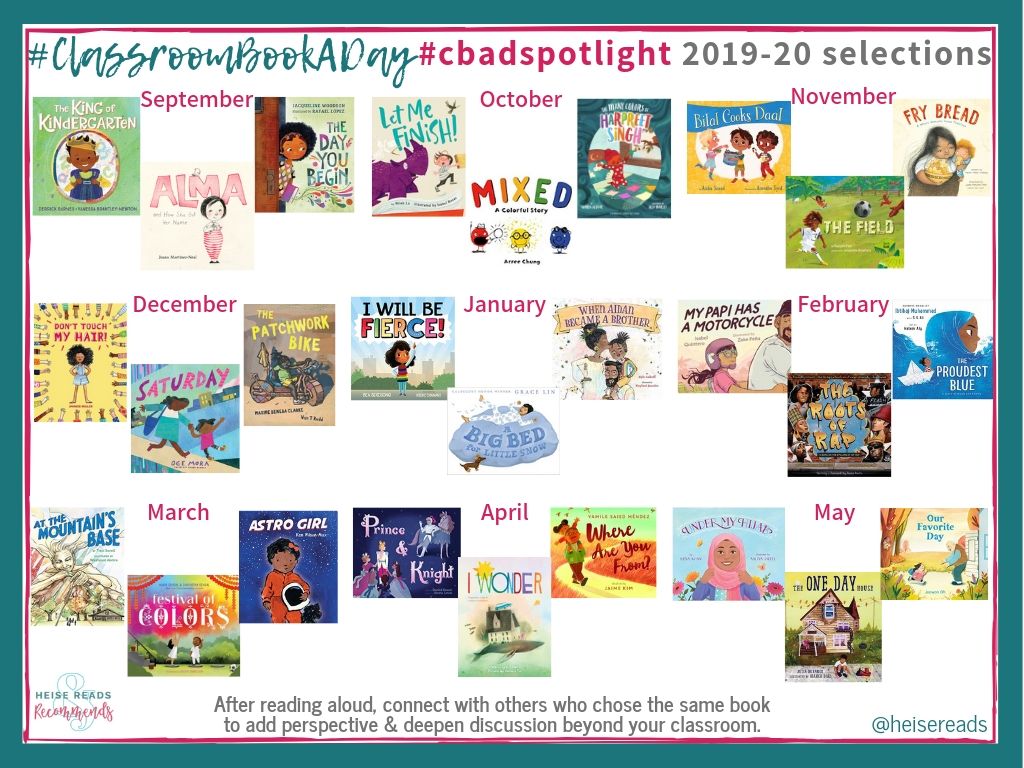
Visit classroombookaday.com for more information on #classroombookaday,
a goal to read aloud a picture book every day of the school year, at any grade,
inspired by Donalyn Miller’s #bookaday.
a goal to read aloud a picture book every day of the school year, at any grade,
inspired by Donalyn Miller’s #bookaday.




















